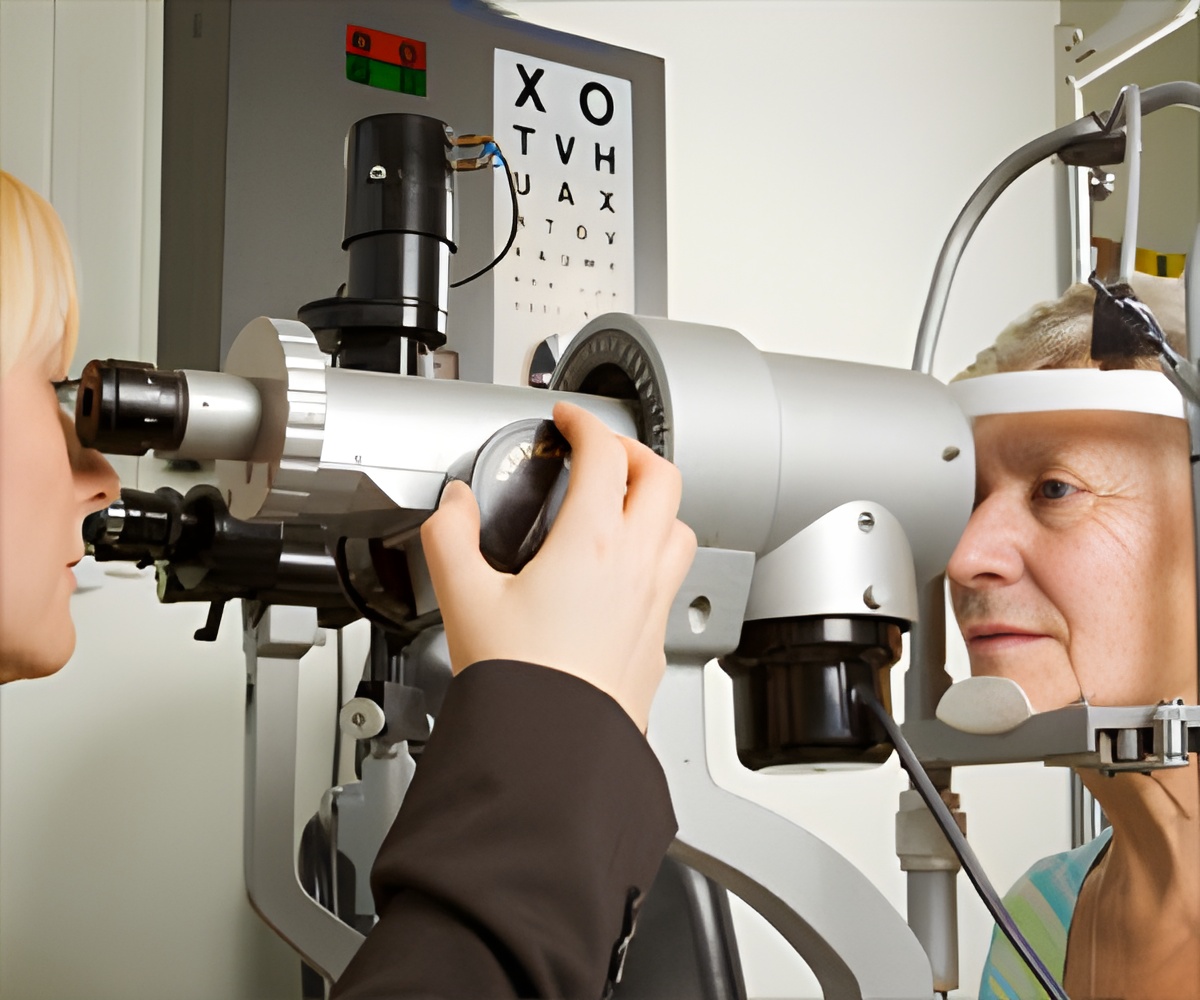In amblyopia (lazy eye) condition the eye dominance and visual acuity are controlled by different areas of the brain, and that one can be corrected without correcting the other.

‘In amblyopia (lazy eye) condition the eye dominance and visual acuity are controlled by different areas of the brain, and that one can be corrected without correcting the other.’





Amblyopia typically is treated by patching the fellow eye to strengthen the affected eye with the goal of restoring normal eye dominance. If correction is not achieved prior to the closing of a "critical period" that ends in early adolescence, visual impairments are more difficult to treat, if not permanent. Research published today, led by Aaron W. McGee, Ph.D., assistant professor in the University of Louisville Department of Anatomical Sciences and Neurobiology, may lead to changes in how amblyopia is treated, particularly in adults. The research shows that eye dominance and visual acuity are controlled by different areas of the brain, and that one can be corrected without correcting the other.
"We unexpectedly discovered that they aren't related. They're independent," McGee said. "It may not be necessary to instill normal eye dominance to correct visual acuity."
Previously, McGee and fellow researchers identified a gene called ngr1 as essential in closing the critical period. He found that deleting ngr1 in animal models permits the critical period to remain open or to re-open, facilitating recovery of normal eye dominance and visual acuity. However, the relationship between the improved visual acuity and eye dominance was not clear.
Today's research reports that recovery of eye dominance alone is not sufficient to promote recovery of acuity, and recovery of acuity can occur even if eye dominance remains impaired. McGee and his colleagues found that eye dominance is regulated by the brain's primary visual cortex, while visual acuity is governed by another area of the brain, the thalamus.
Advertisement
The researchers applied tools to selectively delete the ngr1 gene in different areas of the brain. When ngr1 was deleted from the primary visual cortex, normal eye dominance was recovered but acuity remained impaired. When ngr1 was deleted from the thalamus, eye dominance was impaired, but visual acuity recovered to normal.
Advertisement
Source-Eurekalert














